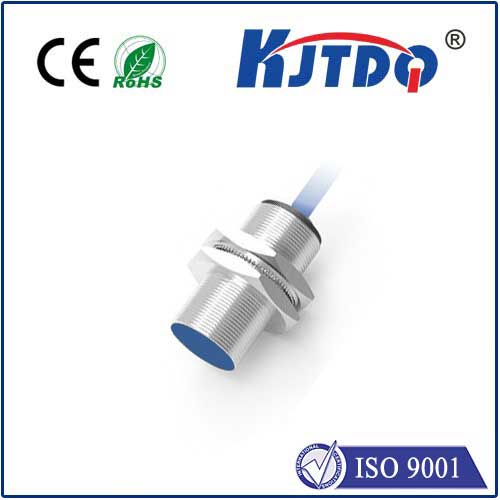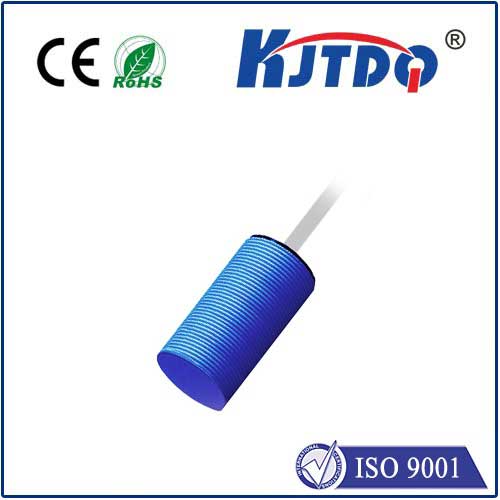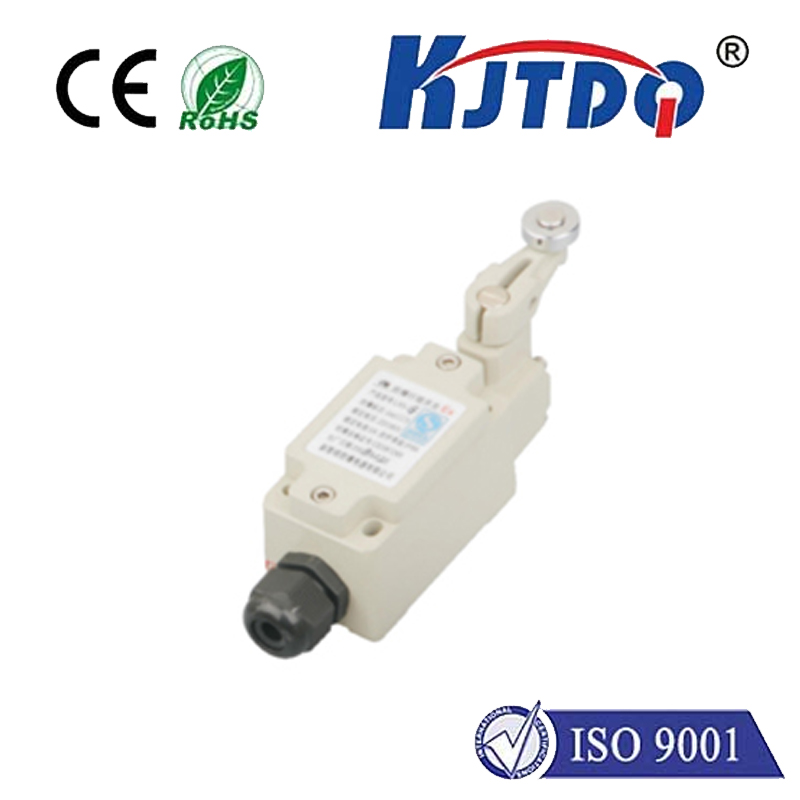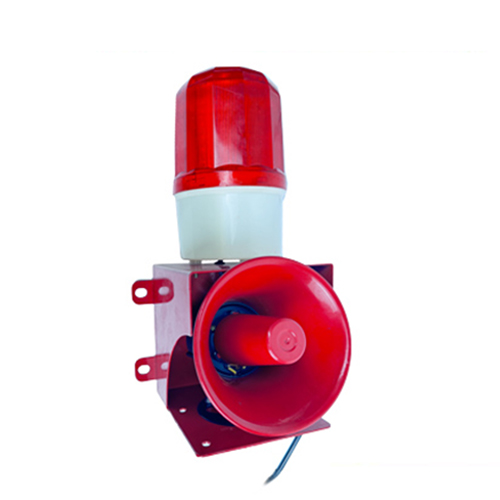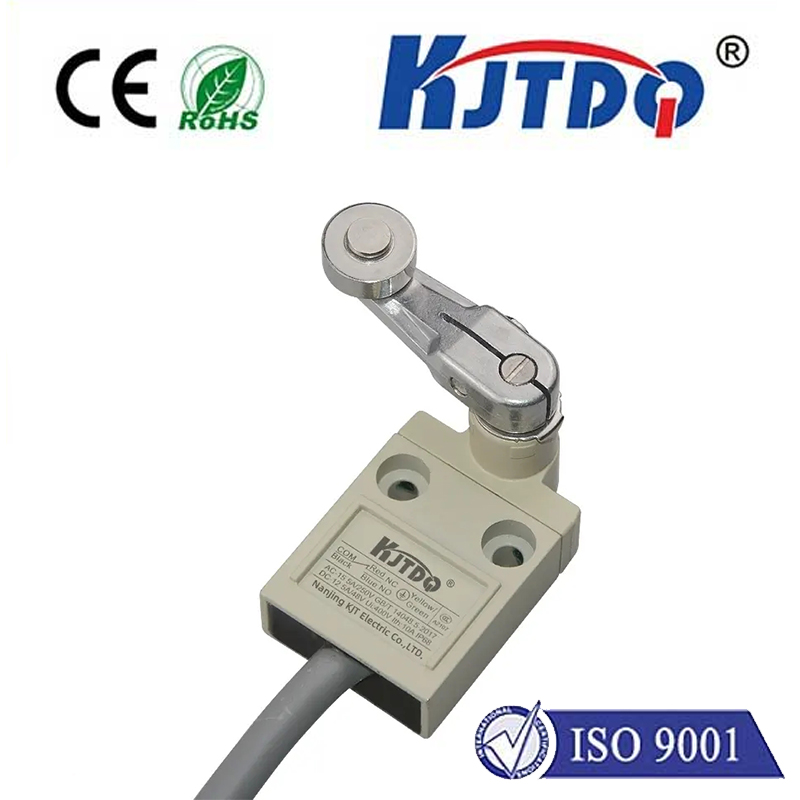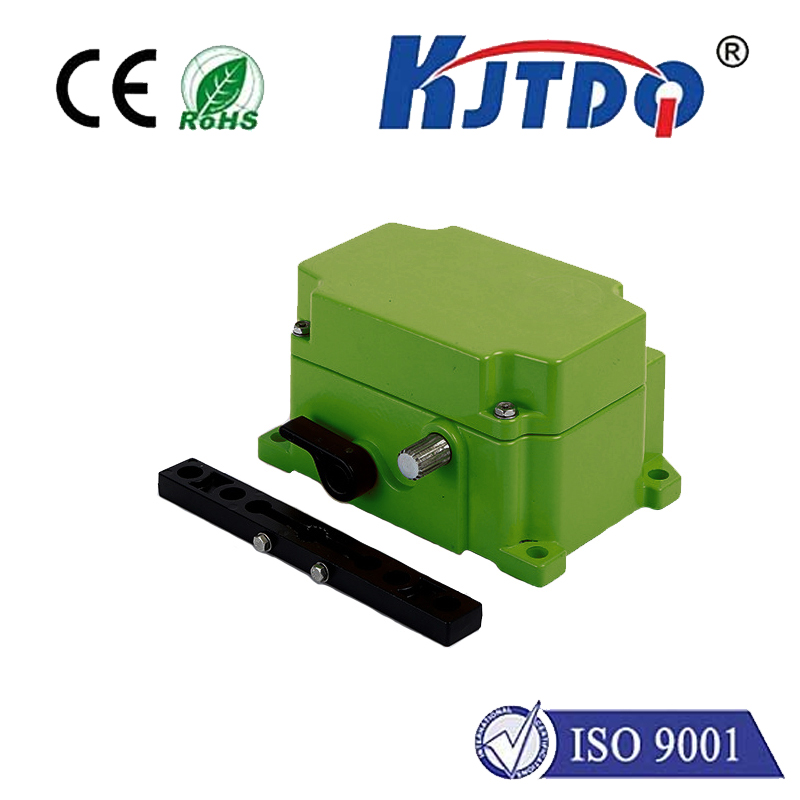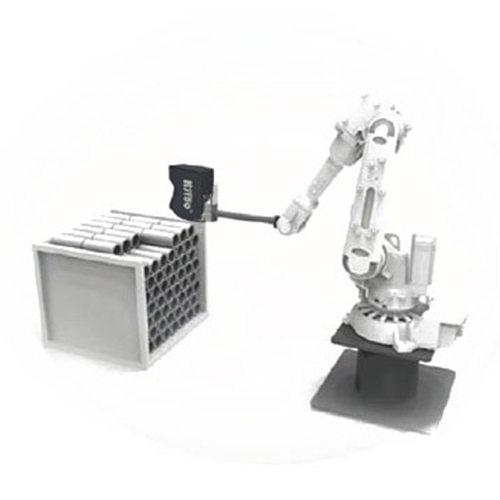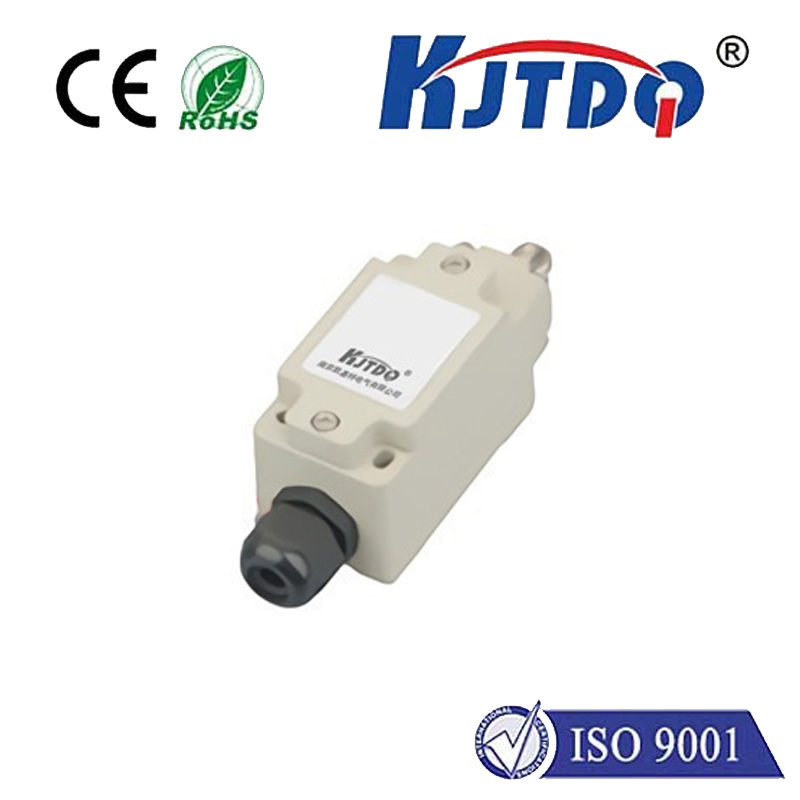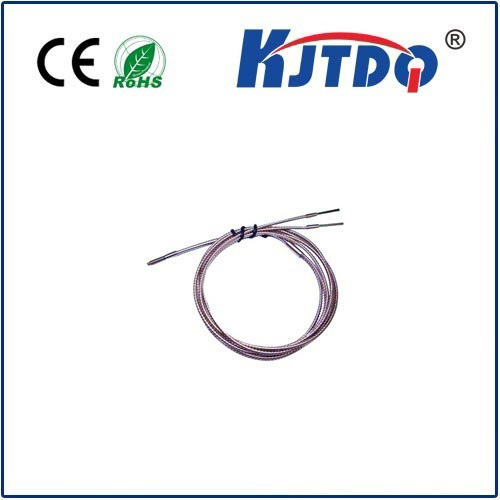Фотоэлектрический датчик 24vdc
- time:2025-07-26 03:34:16
- Нажмите:0
The Reliable Workhorse: Unlocking Automation Potential with 24VDC Photoelectric Sensors
Picture this: a high-speed bottling line suddenly halts. An undetected misaligned cap, a missing bottle – seconds lost translate to significant production costs. At the heart of preventing such costly disruptions often lies a critical, yet frequently overlooked component: the Фотоэлектрический датчик. And when designed for 24VDC operation, these sensors become the backbone of robust, reliable industrial automation. Understanding their capabilities is crucial for engineers and system integrators aiming to build seamless, efficient operations.
Photoelectric sensors operate on a simple, elegant principle. They emit a beam of light (visible red, infrared, or laser) and detect its presence, absence, or reflection from a target object. This non-contact detection makes them ideal for counting, positioning, level control, presence verification, and countless other applications across manufacturing, packaging, material handling, and beyond. Their versatility is immense, surpassing mechanical switches and many proximity sensors.
So, why specify 24VDC for these vital components? The reasons are compelling and deeply rooted in industrial realities:

- Noise Immunity Powerhouse: Factory floors are electrical jungles teeming with electromagnetic interference (EMI) from motors, drives, and welding equipment. Higher voltage signals inherently offer greater immunity to this electrical “noise” compared to lower voltage systems like 12VDC or 5VDC. 24VDC sensors dramatically reduce false triggers and signal loss, ensuring stable, dependable operation even in harsh environments.
- Extended Sensing Reach: Physics dictates that voltage drop over distance is a challenge. 24VDC allows for significantly longer cable runs between the sensor and its control system (like a PLC) without degrading the signal integrity. This flexibility is invaluable in sprawling industrial setups where sensors might be located far from the control cabinet.
- Industrial Standard & Safety: 24VDC has become the de facto standard voltage for control circuits in modern machinery and industrial automation panels. This standardization simplifies design, wiring, and component selection. Furthermore, 24VDC falls under Safety Extra-Low Voltage (SELV) classifications in many regions, reducing risks associated with electric shock during installation, maintenance, and troubleshooting, enhancing overall site safety.
- Compatibility Harmony: Sourcing compatible power supplies, interface modules (like PLC input cards), and other system components becomes vastly easier and often more cost-effective when adhering to the widely adopted 24VDC standard. This integration smooths system design and reduces complexity.
- Robust Power Delivery: 24VDC provides sufficient power to reliably operate not only the sensing element itself but also the sensor’s internal amplifier circuitry and output stage, even when driving inductive loads slightly above its rating (within limits) or overcoming minor voltage drops. This inherent robustness contributes to overall system resilience.
The marriage of photoelectric sensing technology with 24VDC power creates a solution uniquely suited for demanding industrial environments. Key advantages include:
- Unmatched Reliability: The core benefit. Superior noise immunity and robust power translate into fewer false signals, minimized downtime, and consistent process control – directly impacting productivity and profitability.
- Design & Installation Flexibility: Long cable runs between sensor and controller are achievable without signal amplifiers. Standardized wiring practices and connectors simplify installation and troubleshooting.
- Scalability and Future-Proofing: Building systems around the 24VDC standard ensures easier integration of new sensors and upgrades, facilitating future expansions or modifications.
- Повышение безопасности: The inherent safety of the SELV-rated 24VDC power reduces hazards for maintenance personnel.
From monitoring tiny components on a PCB assembly line to detecting massive pallets in a warehouse, 24VDC photoelectric sensors tackle diverse challenges. They excel in counting bottles on a high-speed filler, detecting the leading edge of a sheet on a printing press, verifying the presence of a label, controlling the level of bulk material in a silo, and safeguarding access points with light curtains (which often operate on 24VDC). Their ability to detect objects irrespective of material (metal, plastic, wood, glass, liquid – depending on the sensor type: through-beam, retro-reflective, diffuse) makes them uniquely versatile.
Selecting the optimal photoelectric sensor 24VDC requires careful consideration:
- Application: What needs detecting? Size, material, required sensing distance, environmental factors (dust, steam, light interference)?
- Sensor Type: Through-beam (longest range, most reliable)? Retro-reflective (easier alignment than through-beam)? Diffuse (single unit, detects contrast/reflectivity)? Background suppression? Color sensor?
- Output Configuration: PNP vs. NPN: Crucial for compatibility with your PLC’s input card type. Solid-state (NPN/PNP) or relay contact? Special outputs (analog, IO-Link)?
- Environmental Rating: IP67/IP68/IP69K for dust and water resistance? Resistance to specific chemicals? Operating temperature range?
- Характеристики: Built-in timer functions? Adjustable sensitivity? IO-Link for diagnostics and parameterization? Look for sensors explicitly designed and tested for stable performance on 24VDC systems.
As automation evolves towards greater intelligence (Industry 4.0, IIoT), 24VDC photoelectric sensors are keeping pace. Integration of IO-Link communication is a key trend, transforming simple sensors into smart devices. IO-Link-enabled 24VDC sensors provide valuable diagnostic data (operating hours, temperature, signal strength), enable remote parameter changes, and facilitate predictive maintenance – all transmitted digitally over the same standard 3-wire cable used for power and the switching signal. This intelligence layer enhances reliability and reduces costly unplanned downtime.
The core function of object detection may seem simple, but the quest for perfection never stops. Manufacturers continuously refine 24VDC photoelectric sensors for longer ranges, better background suppression, resistance to challenging surfaces (black rubber, clear glass), and smaller form factors. Enhanced optics, advanced ASIC technology, and improved algorithms all contribute to sensors that perform flawlessly in increasingly complex and demanding automation scenarios. Shielding techniques within the sensors and using shielded cables further boost their immunity in electrically noisy environments, solidifying their position as the reliable backbone of industrial sensing.

